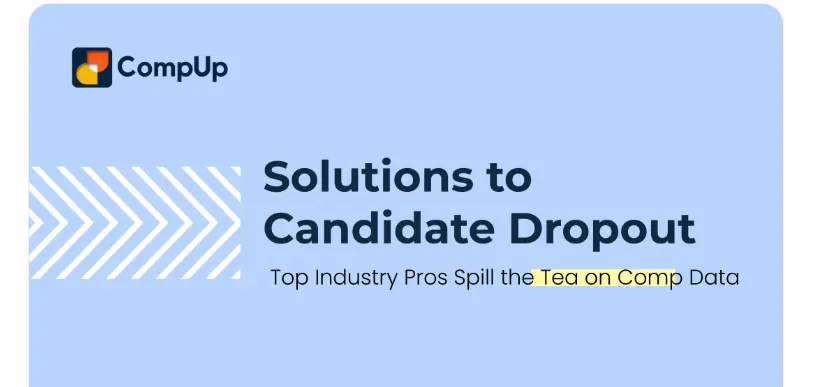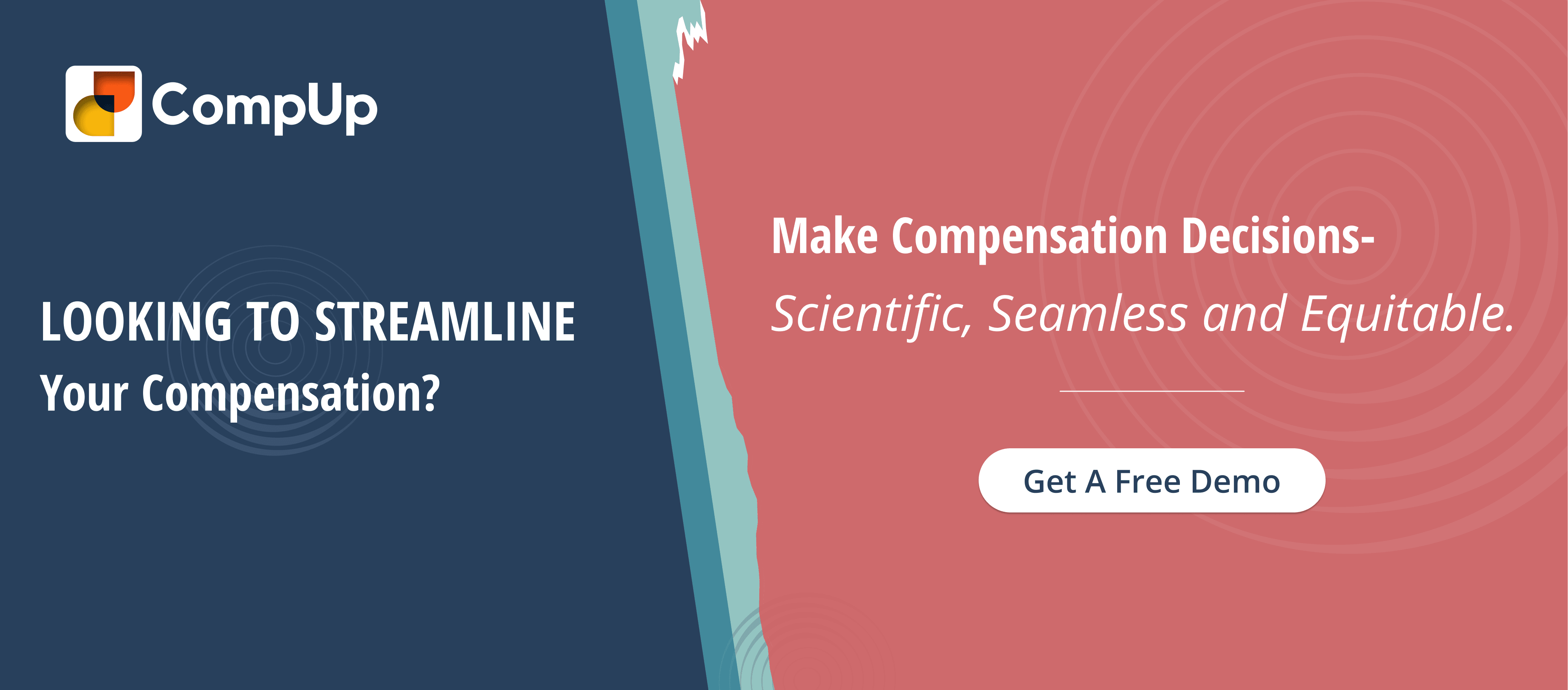
The future of work is already here, and HR is at the forefront of this transformation. As we move through 2025, businesses grapple with rapid changes that demand fresh strategies, new tools, and a deeper focus on people. From utilizing technology to creating more inclusive workplaces, the demands on HR professionals are greater than ever.
Yet, with these challenges come incredible opportunities to innovate, engage, and retain top talent. This blog will explore the most significant HR trends shaping the workplace this year and how you can use them to stay ahead of the curve.
HR is progressing rapidly, and staying informed about key trends ensures organizations remain competitive, improve employee retention, and optimize workforce strategies.
New trends are setting the stage for a transformative year in HR. In the sections below, we will explain how these trends will impact organizations and how HR professionals can use them to stay ahead.
Suggested Watch: 11 HR Trends for 2025 from AIHR
To stay competitive and attract top talent, businesses must keep an eye on emerging HR trends that are set to shape the future of work. Here are the 7 most significant HR trends that every company should watch out for in 2025 to ensure they stay ahead of the curve and create a thriving workplace culture.
AI is transforming how HR departments manage talent, and in 2025, it will play an even larger role. From recruitment and retention to performance management and skill development, AI improves processes, increases efficiency, and ensures that businesses make smarter, data-backed decisions.
Here’s how AI is making a tangible impact on HR functions:
CompUp is at the forefront of AI-driven talent management. Hireshot assists in setting competitive and equitable compensation for new hires by analyzing market trends and aligning offers with the candidate's experience and the company's budget.
According to recent surveys, many organizations find their leadership programs lacking in preparing managers for the future, leaving them overwhelmed by increasing responsibilities.
HR leaders are now focusing on providing training and resources that promote strategic thinking, empathy, and resilience, enabling leaders to thrive in times of uncertainty.
Here’s how HR can prioritize leader and manager development:
CompUp provides tools that support leadership development. With features like Manager Execution, CompUp helps refine the process of allocating compensation adjustments. The compensation management platform helps in making sure that leadership roles are properly rewarded and aligned with the company's strategy.
The focus on skills development is intensifying as organizations recognize the need to keep their workforce agile and adaptable to constantly shifting demands. With technology advancing rapidly and job roles continuously transforming, companies must prioritize upskilling and reskilling to stay competitive.
HR leaders are no longer relying solely on traditional training programs; they are adopting more personalized and continuous learning opportunities to equip employees with the skills needed for future success.
Here’s how HR can place skills development at the core of its strategy:
Suggested Read: Steps to Create a Fair and Equitable Compensation System
Data-driven people analytics is transforming the way HR departments make decisions, moving away from intuition-based methods toward informed, evidence-based strategies. By maximizing data, HR can gain deep insights into workforce trends, performance patterns, employee satisfaction, and more.
This shift allows organizations to make smarter decisions about recruitment, retention, and development while aligning talent with overall business goals. With the ability to predict employee behaviors, optimize workforce planning, and identify areas for improvement, HR can proactively address challenges and drive business success.
Here’s how HR can integrate people analytics for more impactful decision-making:

From the Community: Read this advice for team leads in promoting engagement and employee experience
The hybrid work model has quickly become the new norm, and by 2025, it will continue to redefine how organizations operate. As businesses accept remote and flexible work options, HR professionals are faced with the challenge of supporting a distributed workforce while maintaining productivity, engagement, and a strong company culture.
The hybrid model offers flexibility but requires new strategies for managing communication, performance, and employee well-being. HR will play a crucial role in creating an environment where employees feel equally supported and engaged, regardless of where they work.
Here’s how HR can optimize hybrid work models for success:
As businesses expand and adapt, maintaining a strong and consistent organizational culture becomes vital. This year, HR professionals will prioritize reinforcing company culture in a way that aligns organizational values with employee behaviors.
While most companies understand the importance of a positive culture, the real challenge lies in ensuring that these values are actively demonstrated in everyday work and decision-making. Culture must be more than just a set of ideals; it should be a living, breathing aspect of the workplace that employees connect with and uphold.
Here’s how HR can strengthen and reinforce organizational culture:
CompUp supports this trend with its Pay Transparency feature, which builds trust and openness in the workplace. By clearly communicating compensation details and aligning them with the company’s compensation philosophy, pay transparency ensures that employees feel valued and motivated, reinforcing a positive organizational culture.
Suggested Read: Creating a Compensation Job Offer Letter: A Template Guide for Every Situation
Strategic workforce planning will become a central focus for HR departments striving to stay ahead of the curve. Traditional headcount-based planning is no longer enough to meet the demands of a rapidly developing business setting.
Instead, HR leaders must shift toward a more agile, data-driven approach that aligns talent strategies with long-term organizational goals. You can forecast future workforce needs, anticipate skill shortages, and optimize talent distribution across the business, ensuring that the right people are in the right roles at the right time.
Here’s how HR can strengthen strategic workforce planning:
CompUp aids in Strategic Workforce Planning by providing powerful features, such as compensation benchmarking and budget simulation. With its analytics-driven approach, HR professionals can create more accurate workforce plans, forecast talent needs, and ensure employees are aligned with business objectives.
As we look ahead to the HR trends of 2025, it’s equally important to reflect on what practices and approaches we should leave behind. Let’s explore which outdated HR trends are holding businesses back and need to be left in the past.
Some HR trends that were once at the forefront of employee management and organizational strategy are becoming outdated. HR leaders must be aware of these shifts and adjust their strategies accordingly to ensure they remain competitive, relevant, and adaptable.
Here are the key trends that are likely to come off the menu:
The traditional once-a-year performance review is becoming less effective as organizations move toward continuous feedback and real-time performance tracking. This shift allows managers to provide timely, actionable feedback that supports ongoing development and improvement.
Fixed compensation structures are increasingly outdated as organizations recognize the need for more personalized benefits and compensation packages. As the workforce becomes more diverse, one-size-fits-all compensation plans fail to meet the varying needs of employees.
Static, one-time training sessions are no longer sufficient to keep up with the fast-paced nature of work and evolving employee needs. Organizations are shifting toward personalized, ongoing learning and development programs that support continuous growth.
Relying solely on headcount-based workforce planning is becoming less relevant as businesses face more dynamic talent needs. Strategic workforce planning now focuses on skills availability, talent gaps, and future requirements, enabling HR to better align talent with organizational goals.
The traditional top-down, command-and-control leadership style is being replaced by more empathetic, collaborative approaches that encourage creativity, engagement, and open communication.
One-off engagement surveys that are conducted without follow-up actions are losing their value. Employees expect meaningful change based on their feedback. Continuous feedback loops, where engagement data is regularly gathered, analyzed, and acted upon, ensure that employees feel heard and valued.
This approach helps HR teams proactively address concerns, improve workplace culture, and increase employee satisfaction and retention, leading to a more motivated and engaged workforce.

Watch our webinar to uncover effective strategies for minimizing candidate dropouts during the hiring process. Gain actionable insights into optimizing your recruitment strategy, improving candidate engagement, and enhancing your overall hiring experience.
Now, let’s explore how CompUp can equip your HR team with the tools and features necessary to adapt and thrive in the coming year.
CompUp offers the perfect solution, helping HR teams welcome the future with features that drive efficiency, fairness, and strategic decision-making. These features of CompUp can help you align your HR team with the latest trends in 2025.
Key features of CompUp:
CompUp equips HR professionals with the tools necessary to stay ahead of the curve. These features can help you meet HR challenges head-on and position your HR team for success in the coming year.
As the HR industry continues to change in 2025, staying ahead of emerging trends is key to creating a dynamic and engaged workforce. Adopting new technologies, focusing on continuous improvement, and cultivating strong leadership are essential to driving success in today’s business environment.
CompUp helps you tackle these changes with ease by equipping HR teams to make informed decisions. With features like Compensation Benchmarking, Hireshot, Manager Execution, and Advanced Analytics, it optimizes compensation, performance management, and recruitment processes.
Take the first step toward transforming your HR practices. Schedule a demo to learn how CompUp can support your workforce strategy today!
1. What are the hot topics in HR in 2025?
Hot topics in HR for 2025 include AI-driven talent management, personalized employee experiences, mental health and well-being initiatives, remote and hybrid work optimization, diversity, equity, and inclusion (DEI), continuous learning, and data-driven decision-making. Organizations are also focusing on flexible compensation models and the role of leadership in driving cultural transformation.
2. What is the HR tech trend in 2025?
In 2025, HR technology trends include AI-powered recruitment, automation in performance management, predictive analytics for workforce planning, and tools that refine employee engagement. HR platforms will become more integrated, offering real-time insights, personalized employee experiences, and support for remote and hybrid work with collaboration tools.
3. What is the HR planning for 2025?
HR planning for 2025 focuses on aligning talent strategies with long-term business goals. This includes skills development, succession planning, diversity initiatives, and the integration of AI and people analytics to optimize talent acquisition, performance management, and employee retention. Organizations are also looking at workforce flexibility and maintaining a culture of continuous learning.
4. What are the HR roles in 2025?
In 2025, HR roles will change to focus more on strategic planning, data analytics, and employee experience. HR professionals will act as business partners, using technology and analytics to drive decisions related to talent acquisition, performance management, and organizational culture. They will also lead initiatives related to diversity, inclusion, and employee well-being.
5. How does CompUp support HR planning for 2025?
CompUp helps HR align talent strategies with business goals through data-driven insights, performance tracking, and customizable planning tools. Features like Compensation Benchmarking, Hireshot, and Advanced Analytics help identify skill gaps, make better compensation decisions, and encourage continuous learning.

Customer Success Manager - Team Lead
Led by a vision to transform the landscape of total rewards with an innovative mindset and technological advancements.
Revolutionizing Pay Strategies: Don't Miss Our Latest Blogs on Compensation Benchmarking